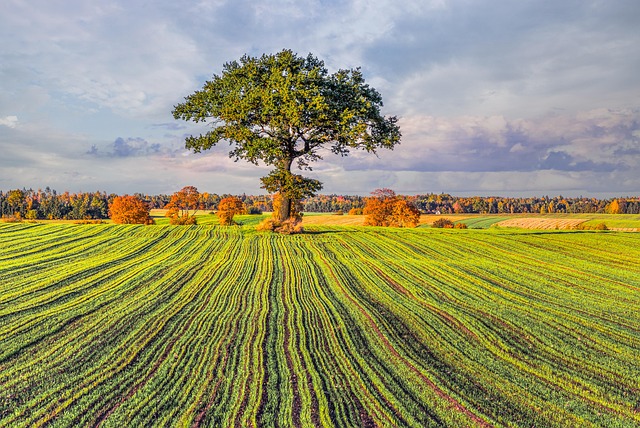
Japanese Knotweed
Introduction
Japanese knotweed (Fallopia japonica) is a perennial plant native to eastern Asia that has gained notoriety as an invasive species in various parts of the world, particularly in North America and Europe. Initially introduced in the late 19th century as an ornamental plant, its rapid growth and aggressive nature have led to significant ecological and economic concerns.
Identification
Identifying Japanese knotweed is crucial for effective management. The plant can grow up to 3 meters tall and features hollow, smooth stems that are purple to green in color, reaching up to 2.5 cm in diameter. These stems are jointed and have reddish-brown nodes surrounded by a papery sheath. In spring, juvenile stems emerge resembling asparagus spears, initially purplish and later turning green as they mature.
Growth Habits
Japanese knotweed is known for its rapid growth, with stems capable of extending up to 8 cm per day under optimal conditions. The plant thrives in a variety of habitats, including riparian zones, wetlands, roadsides, and disturbed areas. Its ability to form dense thickets allows it to outcompete native vegetation, leading to reduced biodiversity.
Environmental Impact
The ecological implications of Japanese knotweed are significant. Its aggressive growth can disrupt local ecosystems, particularly in wetland and riparian areas where it can alter water flow and sediment dynamics. This disruption can have cascading effects on native plant and animal species, ultimately threatening local biodiversity.
Management Strategies
Managing Japanese knotweed requires a multifaceted approach. Here are some effective strategies:
- Mechanical Control: Cutting or mowing can reduce the plant's biomass, but it often requires repeated efforts as the plant can regenerate from small root fragments.
- Chemical Control: Herbicides can be effective, but they must be applied carefully to minimize environmental impact. It is essential to follow local regulations regarding herbicide use.
- Biological Control: Research is ongoing into potential biological control agents, such as specific insects that target Japanese knotweed.
- Monitoring: Regular monitoring of known infestations can help catch new growth early, making management easier.
Conclusion
Japanese knotweed presents a considerable challenge due to its invasive nature and environmental impact. Understanding its identification, growth habits, and management strategies is essential for mitigating its effects on local ecosystems. By employing a combination of control methods and remaining vigilant, it is possible to manage this invasive species effectively.

















 Federal Laws That Prohibit Workplace Harassment
Federal Laws That Prohibit Workplace Harassment 
 Health
Health  Fitness
Fitness  Lifestyle
Lifestyle  Tech
Tech  Travel
Travel  Food
Food  Education
Education  Parenting
Parenting  Career & Work
Career & Work  Hobbies
Hobbies  Wellness
Wellness  Beauty
Beauty  Cars
Cars  Art
Art  Science
Science  Culture
Culture  Books
Books  Music
Music  Movies
Movies  Gaming
Gaming  Sports
Sports  Nature
Nature  Home & Garden
Home & Garden  Business & Finance
Business & Finance  Relationships
Relationships  Pets
Pets  Shopping
Shopping  Mindset & Inspiration
Mindset & Inspiration  Environment
Environment  Gadgets
Gadgets  Politics
Politics 